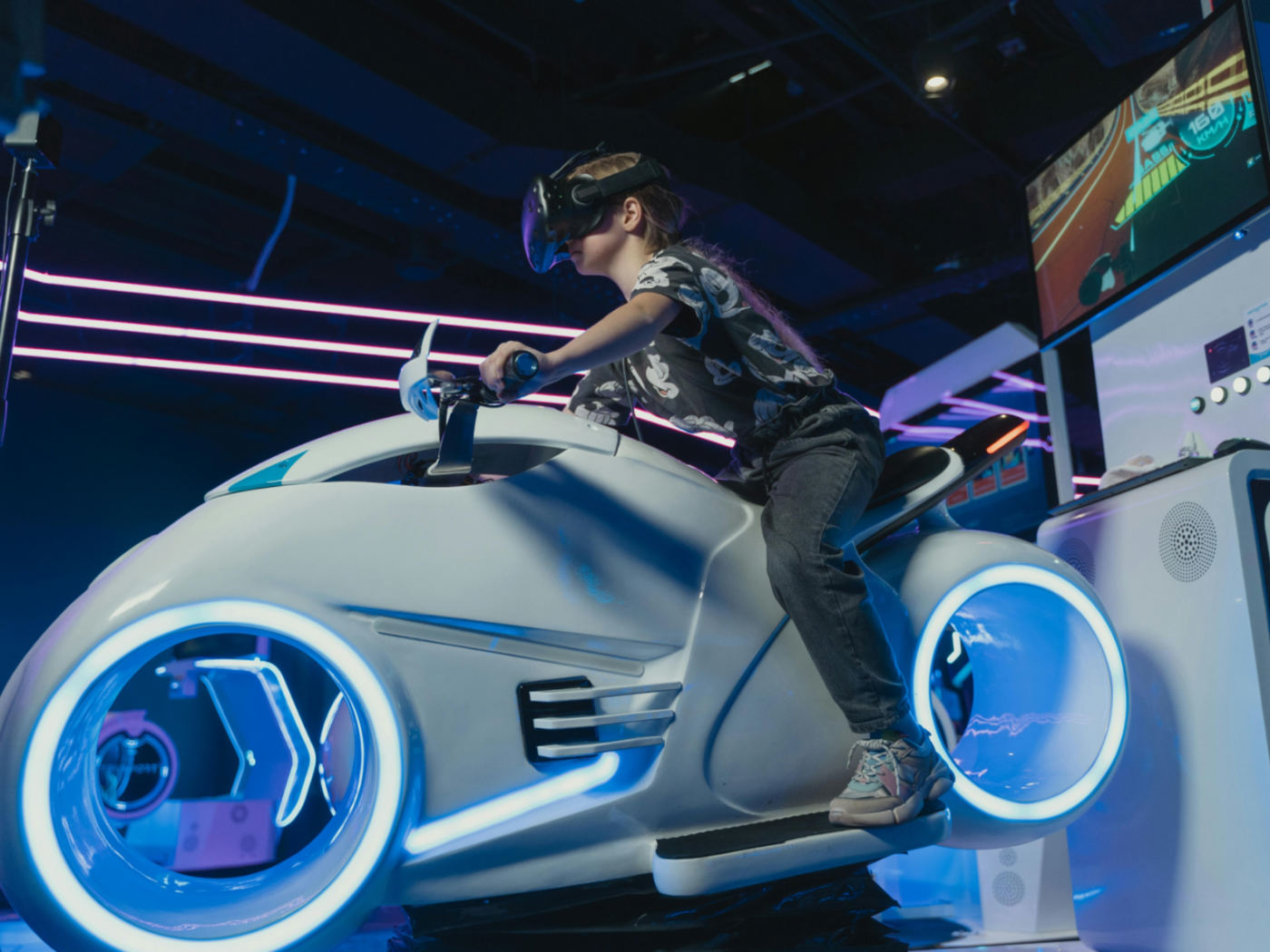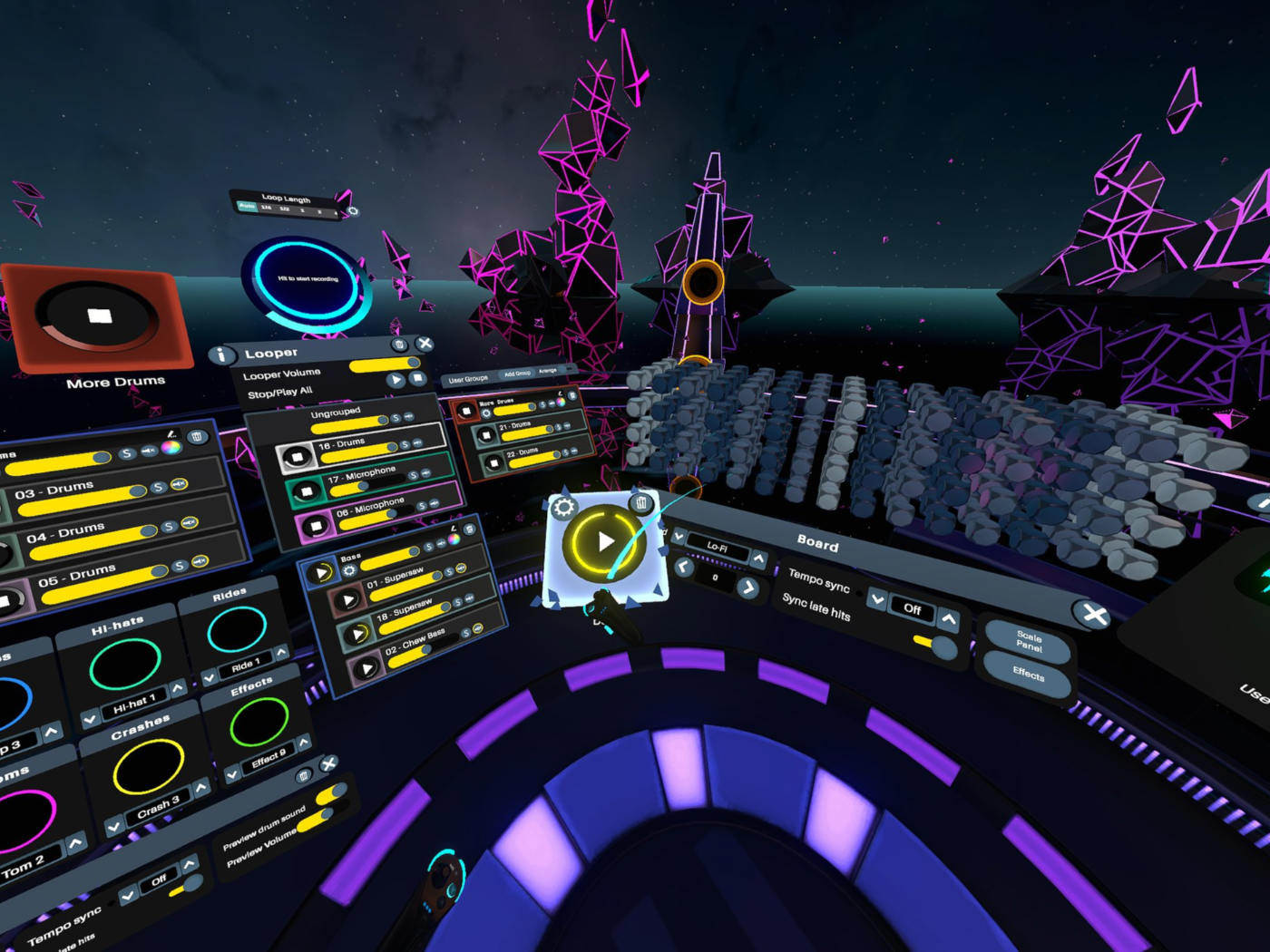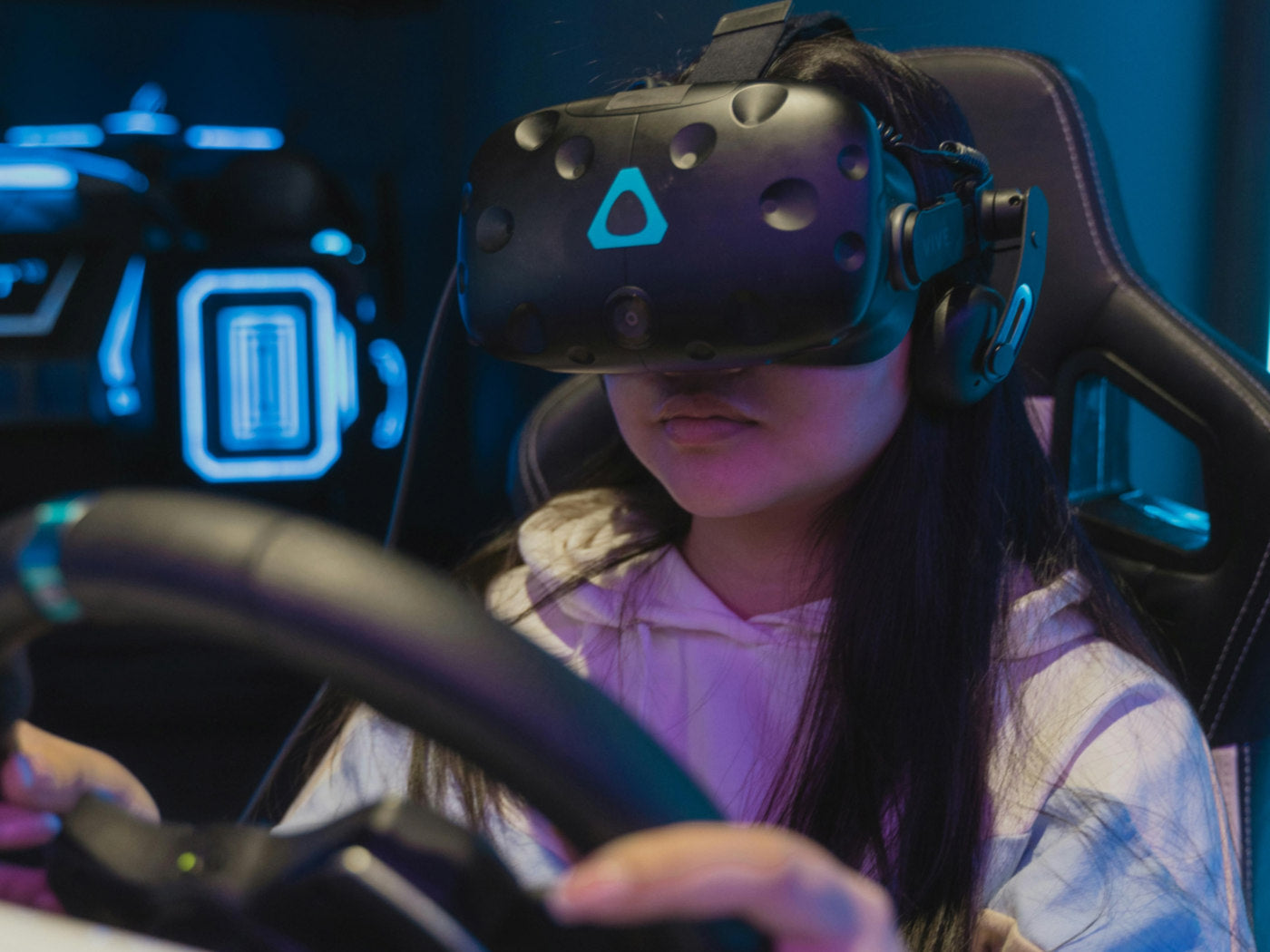Operating a successful Virtual Reality arcade is an exciting venture, brimming with opportunities to provide customers with unforgettable experiences. Whether you're just starting out or looking to enhance your existing setup, understanding the role of equipment in creating a captivating VR experience is important.
1. Computer System Requirements
VR gaming places significant demands on computer hardware, requiring high-performance components to deliver smooth graphics and responsive gameplay. Key specifications to consider include the processor (CPU), graphics card (GPU), memory (RAM), and storage (SSD or HDD). For optimal VR performance, it's recommended to aim for a modern CPU with multiple cores, a high-end GPU with ample VRAM, at least 16GB of RAM, and fast storage to minimize loading times.
When it comes to selecting a VR-ready computer, there are several options to consider, ranging from prebuilt gaming PCs to custom-built rigs. Prebuilt gaming PCs offer convenience and reliability, with manufacturers such as Alienware, ASUS, and MSI offering VR-ready systems tailored for immersive gaming experiences. Alternatively, tech-savvy users may opt to build their own custom PC, selecting individual components to meet their specific needs and budget.
RELATED: Best PC VR Games On Steam (2024)
While most VR headsets are compatible with Windows-based PCs, it's essential to ensure that the computer meets the minimum system requirements specified by the headset manufacturer. Additionally, certain headsets may require specific ports or connectors, such as HDMI or DisplayPort, for seamless connectivity.
2. VR Headset
When it comes to VR headsets, two frontrunners stand out in the VR arcade market: the HTC Vive and Meta Quest. Each headset offers unique features and capabilities, catering to different needs and preferences.
HTC Vive
The HTC Vive is renowned for its immersive room-scale tracking, allowing users to move freely within a designated play area. With its precise motion controllers and high-resolution display, the Vive delivers a truly immersive VR experience. Additionally, the Vive boasts a vast library of games and experiences, ranging from immersive simulations to thrilling multiplayer adventures.
Meta Quest
On the other hand, the Meta Quest offers a standalone VR experience, eliminating the need for external sensors or a tethered connection to a PC. With its built-in tracking and intuitive Touch controllers, the Quest provides a seamless and accessible VR experience for users of all skill levels. Furthermore, the Quest's wireless design allows for unrestricted movement, making it ideal for immersive gaming experiences.
RELATED: Meta Quest 3 vs. Quest 2: Analyzing the Price, Specs, and Features
3. Headphones
When selecting headphones for VR arcades, it's important to choose options that prioritize comfort, sound quality, and durability. Over-ear headphones with noise-canceling features are ideal for blocking out external distractions and providing users with a more immersive audio experience. Additionally, headphones with built-in microphones allow for seamless communication between users in multiplayer VR experiences, enhancing social interactions and teamwork.
4. Protective Accessories
Headset and controller covers play a vital role in safeguarding your equipment against damage from frequent use and handling. By providing an additional layer of protection, covers help prevent scratches, scuffs, and other forms of damage that can occur during gameplay. This not only extends the lifespan of your hardware but also helps maintain its resale value and overall appearance.
When selecting covers for your VR equipment, it's important to prioritize durability, compatibility, and ease of use. Look for VR controller grips made from high-quality materials that offer ample protection without impeding functionality or comfort. Additionally, consider factors such as compatibility with different headset and controller models, as well as ease of installation and cleaning.
RELATED: How To Protect Your Meta Quest 3 Headset
5. Charging and Storage Solutions
Charging and docking stations are essential for maintaining the functionality of VR equipment by ensuring that headsets and controllers are always powered up and ready for use. By providing a centralized location for charging, arcade owners can minimize downtime and maximize the availability of equipment for users. Additionally, docking stations help keep cables organized and prevent tangling, reducing the risk of damage and ensuring a tidy gaming environment.
When it comes to organizing game stations in VR arcades, efficiency is key. Consider implementing dedicated storage solutions such as shelves, racks, or cabinets to keep headsets, controllers, and other equipment neatly organized and easily accessible. Utilize labeling systems to clearly identify different components and ensure that everything has its designated place.
6. Cleaning Equipment
To maintain cleanliness in VR arcades, it's essential to establish a regular cleaning schedule and use appropriate VR cleaning equipment and products. Begin by wiping down VR headsets, controllers, and other equipment with disinfectant wipes or sprays after each use to remove dirt, sweat, and bacteria. Consider providing disposable face covers for users to wear while using VR headsets, adding an extra layer of protection against germs and bacteria transmission.
Pay special attention to high-touch surfaces such as buttons, straps, and lenses. Additionally, consider investing in dedicated cleaning tools such as microfiber cloths and lens cleaners for more thorough cleaning.
7. Cable Management
Tangled cables not only create visual clutter but also pose a tripping hazard for users, increasing the risk of accidents and injuries. By managing cables effectively, arcade owners can create a safer and more comfortable gaming environment for users, minimizing distractions and enhancing the overall gaming experience.
RELATED: How to choose a PC VR link cable for your VR headset
Strategies to Minimize Tripping Hazards
- Route cables along walls or ceilings to keep them out of the way and minimize obstruction.
- Use cable covers or ramps to protect cables that need to cross walkways or high-traffic areas.
- Secure cables with clips or ties to prevent them from dangling or tangling.
- Regularly inspect cables for wear and tear, and replace damaged cables as needed to maintain safety.
Conclusion
As VR arcade owners, it's crucial to prioritize the quality of equipment and the satisfaction of customers. Investing in high-quality VR hardware, implementing effective hygiene practices, and optimizing space through proper cable management can help enhance the overall gaming experience and drive customer loyalty.





